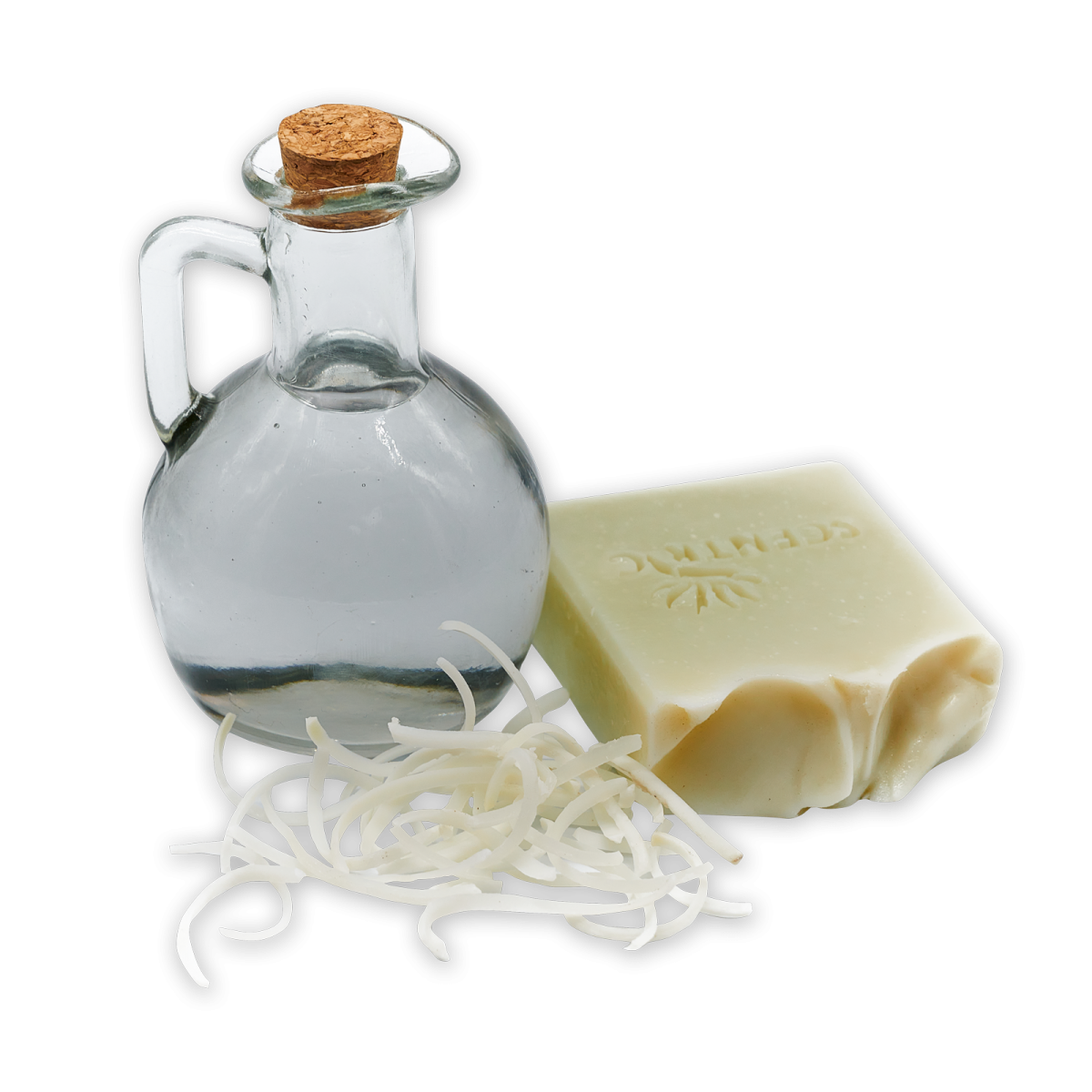Glycerine
Glycerine is a natural by-product of the soap making process. The appearance is a clear, colourless and odourless thick liquid paste which is soluble in water and alcohol. It is the oldest organic molecule isolated by man, being obtained by heating fats in the presence of alkali ash rich in potassium carbonate to produce soap as early as 2800 BC. This simular method still exists, although tweaked a little, it’s the same process in which Scentric produces its soap today.
HOW IT’S MADE?
There are a couple of ways to produce glycerine.
One process is when fat and plant oils are mixed with sodium hydroxide or potassium hydroxide, a certain amount of glycerine is naturally created by the saponification reaction. Resulting in glycerine and fatty acid salts. The salt of the fatty acid is called a soap.
Vegetable glycerine (also known as glycerol) is typically made from soybean, coconut or palm oils. Palm and coconut oils are natural triglyceride mixtures, each triglyceride is made up of three fatty acids esterified with glycerine. These oils are heated under force, pressure and high temperature with water so that the ester bond breaks and causes the glycerine to split from fatty acids and be absorbed by water glycerine splits off into the water. Further distillation isolates the glycerine.
WHY DO WE USE IT?
Glycerine is one of the oldest, if not the oldest, humectants, used in skincare. A humectant is a type of moisturizing agent that attract and bind with the water molecules, helping your skin and hair preserve moisture and stay hydrated. Glycerine closely matches pH levels of the skin, which makes it gentle enough to be used by those with sensitive skin and in baby skincare.
PRODUCTS CONTAINING GLYCERINE
Jelly Soap, Body Wash, Bubble Bath, Whip Soap.
